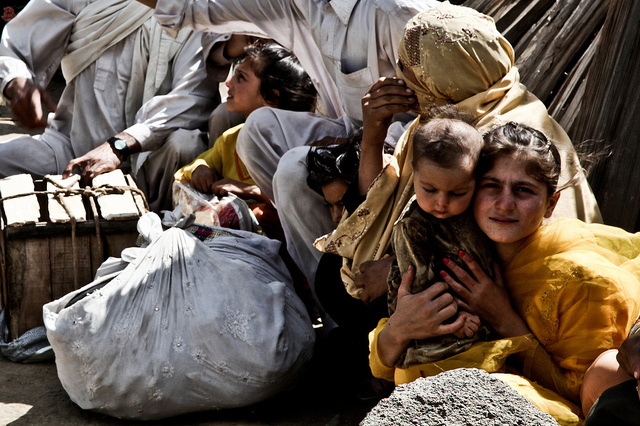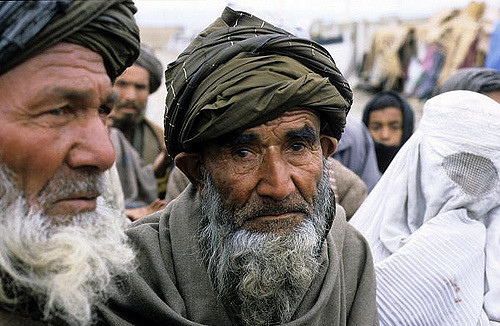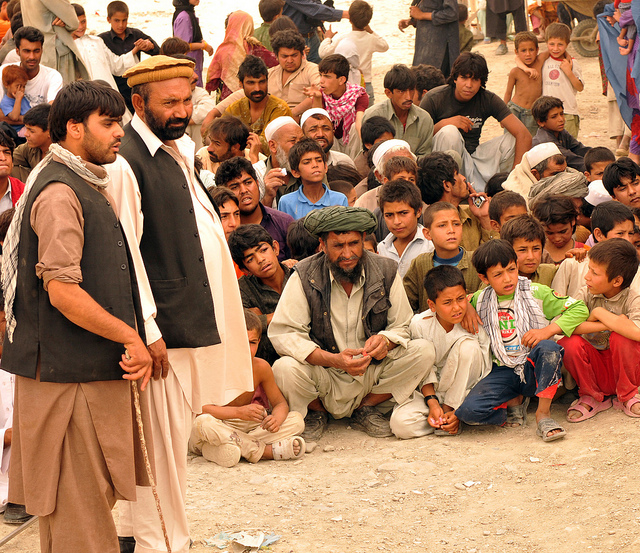Operation Zarb-e-Azab is currently in full-swing in North Waziristan, following a raid of Jinnah International Airport earlier this month by the Taliban, and the previously unknown Islamic Movement of Uzbekistan. This follows failed peace talks, and widespread condemnation of the attack in Karachi. Unfortunately, it has also given way to uncritical praise of the mission in Pakistani media outlets that is basically propaganda. News outlets like Dawn especially haven’t been reporting on Zarb-e-Azb so much as they have been reproducing press releases from the Inter-Services Public Relations department. When the ISPR said that civilians had been evacuated, Dawn repeated them. When the ISPR started vaguely describing militant “Uzbeks,” Dawn echoed their sentiments. For the past week, the ISPR has also been touting the operation’s death toll of “suspected militants,” with Dawn implicitly praising them and encouraging public acclaim.
It is disappointing that the Pakistani media would be so uncritical about this, but not exactly surprising. Many outlets are owned by private businessmen who are eager to distract from social and economic problems in the provinces of Punjab and Sindh. Lower-class Pakistanis and their middle-class allies are by and large very angry at Prime Minister Nawaz Sharif and his brother Shahbaz Sharif for essentially running the country as an organ of their family business. Infrastructural development and prices of basic goods like food are set by the Sharifs’ financial needs, and those of their friends, rather than the needs of Pakistanis themselves. Part of the reason that Zarb-e-Azb is dominating newscasts with a patriotic tone is to draw attention away from their increasingly unpopular rule, especially after last week’s shootings in Lahore Model Town. This is hardly new. Former Prime Minister Asif Ali Zardari also used the Talibani threat to dismiss real concerns about class, and even before the War on Terrorism, Karachi strongman Atlaf Hussain was using the threat of Wahhabi fundamentalism to keep people in line.
The result is that crucial questions get overlooked. Namely, what does the term “suspected militants” even mean? Does it include the elderly? What about teenagers? What if one terrorist is killed in a group of people who were innocent bystanders? Are they all “suspected militants”? The grim answer to all of these questions is “yes.” The War on Terrorism has gotten so out of hand that “suspected militants” includes anyone who gets killed from puberty to old age. For all the condemnation of drone strikes, the Pakistani military’s classification of terrorists is identical to the one employed by the Obama Administration. It is a tool of propaganda that erases civilian casualties altogether. For people who feel violated by terrorist attacks, it also provides a dangerously bloody sense of elation. The rising number of dead suspected militants becomes a self-evident argument that justice has been served.
Has it though? Even when the militants are the ones being killed, the argument that bombing them is the best way to exact justice is morally dubious at best. Justifying it requires the presumption that overwhelming violence is the ideal solution to social problems in Khyber-Pakthunkhwa and the tribal areas. It is hard to get away from this essentially being a rehash of the “intimidate the Sindhis” mantra of British imperial rule. There are real questions that need to be asked about whether or not lasting peace can be won by military offensives in Pakistan’s most heavily marginalized areas. It seems that they won’t be posited in the major outlets. They are too busy serving market interests and responding to a widespread desire for terrorists to get blown apart. Unfortunately, if this week’s airport attack in Peshawar is any indication, the offensive has led to many fighters fleeing North Waziristan and moving into urban areas. They actually reacted to the drone strikes in the same way. Dawn has been quiet on that point.
Lead photograph courtesy of DVIDSHUB. Published under a Creative Commons License.





